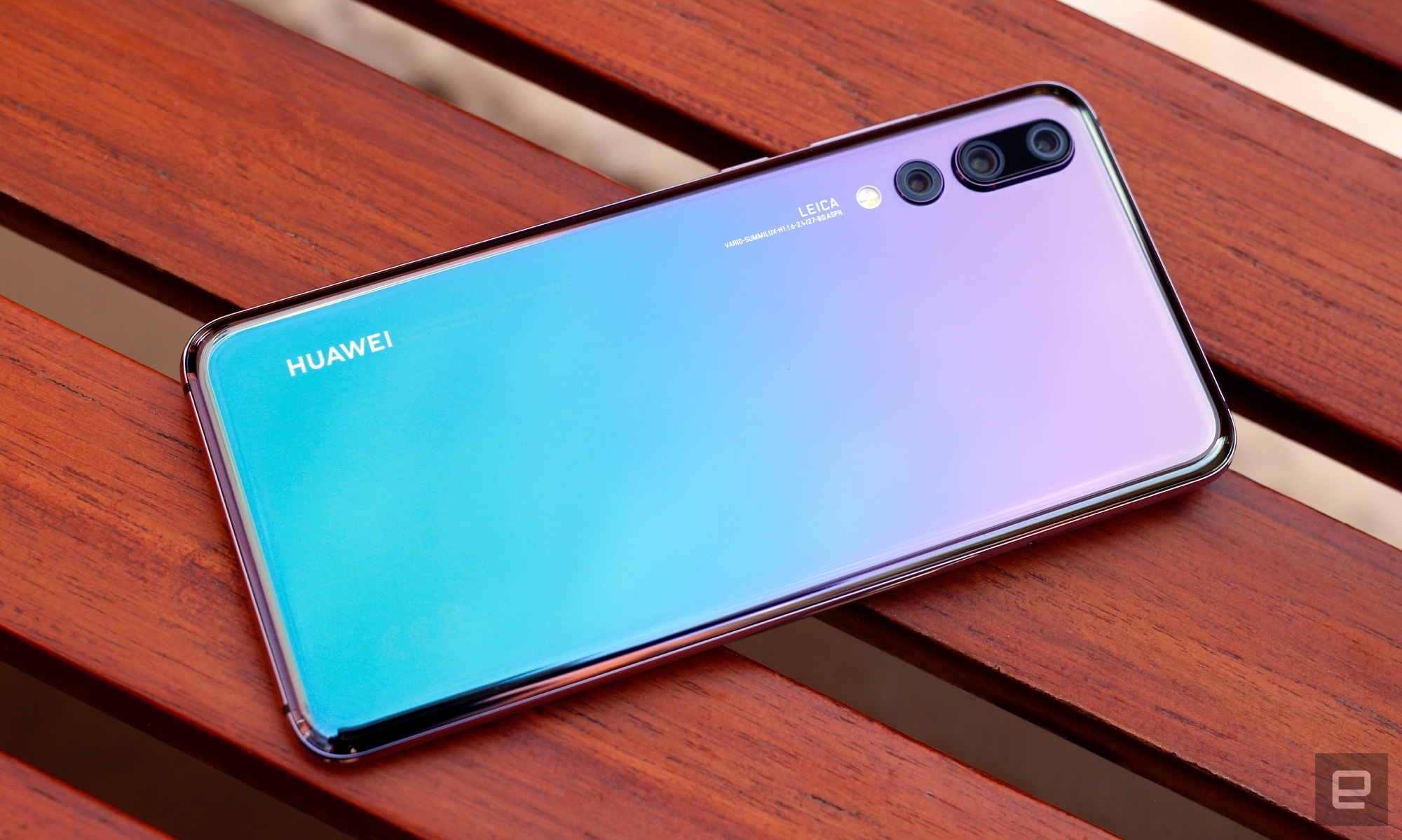 It's been a relatively mundane first half of the year as far as smartphone launches go. If the infamous notch was the defining trend of 2017, then we haven't yet found what the 2018 equivalent might be. There's little separating recent flagships, as they all possess the latest components and comparable features. Those that do stand out are the ones that offer something different in the looks department. Translucent backs that show off internal hardware are back in fashion, and metallic multi-tone finishes (akin to flashy supercar paint jobs) are suddenly becoming de rigueur. So, is 2018 going to be a year where style is more distinguishing than substance? 
For whatever reason, transparency is having something of a renaissance. At the end of last year, HTC introduced the U11+, the most striking model of which carried a translucent back, showing off its big NFC coil and internal components. HTC followed that up this year with a similar variant of the U12+ that pairs that transparency with a lovely blue reflective sheen. And lo and behold, Xiaomi's recently announced Mi 8 just happens to have a bare-all option, too. Xiaomi's even gone as far as faking the look of certain hardware elements to make the device more aesthetically pleasing. Translucent products aren't new; the late '90s iMac being a prime example. Phones, speakers and many other products -- tech or otherwise -- have flirted with transparency, but perhaps it feels retro enough, again, to revive at this point. 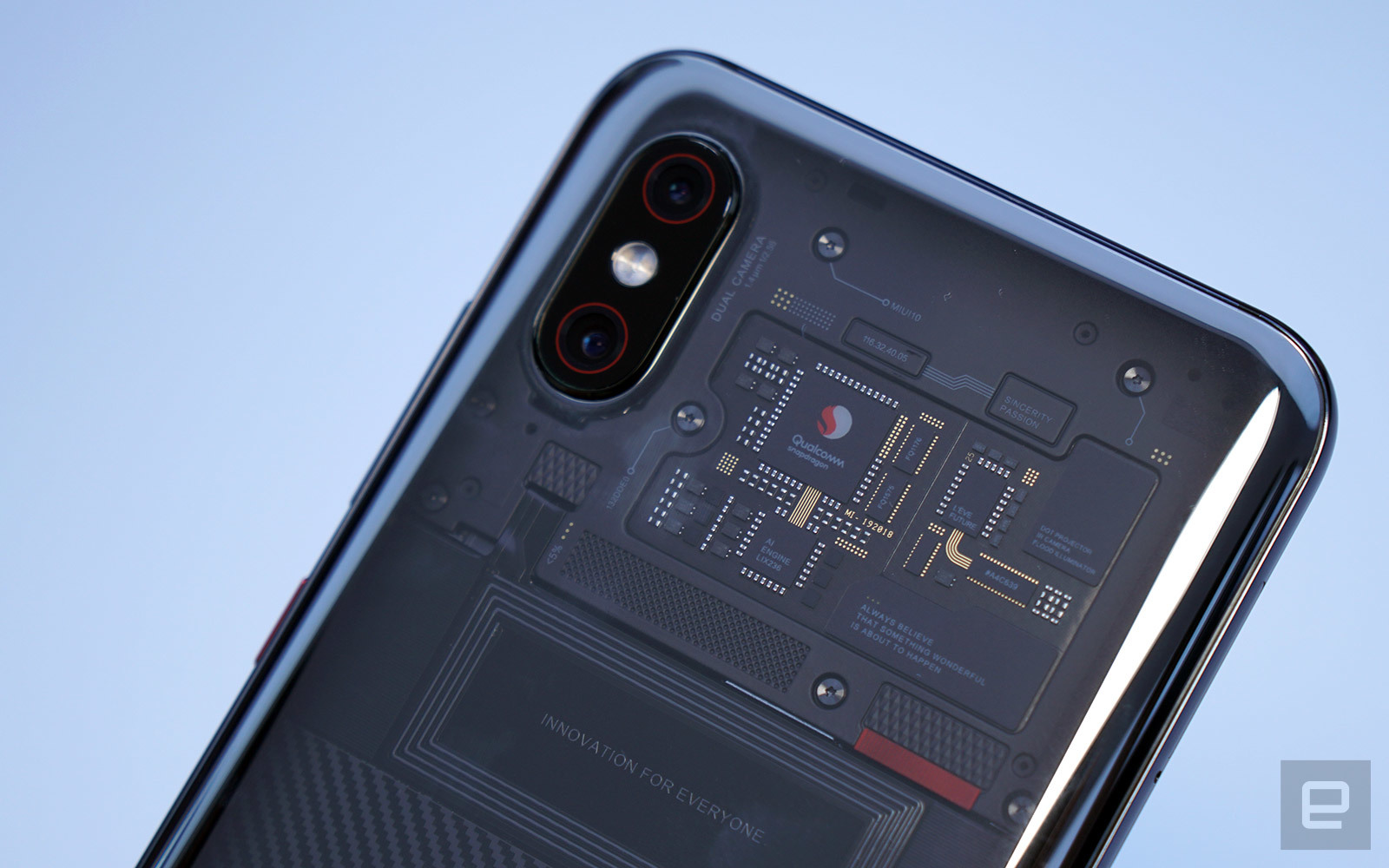
Another distinctive style gaining momentum is the multi-tone metallic finish. The Huawei P20 Pro and Honor 10 (also made by Huawei) have gorgeous purpley-blue backs that set them apart from most other devices out there right now. That is, other than the Lenovo Z5, which has torn a page straight out of Huawei's stylebook with basically the same two-tone color option. You can understand why, as these devices are striking and most importantly, different. Just being different doesn't always work, mind. Manufacturers have toyed with ceramic finishes in the past and that's never really caught on. 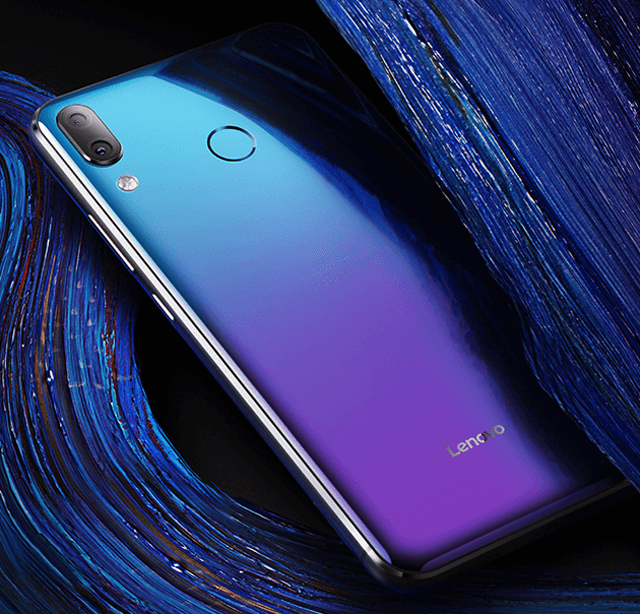
These days, color trends spread like wildfire. Five years ago, it was gold. The champagne-colored iPhone 5S wasn't the first gold phone by any means, but it was the catalyst that made other manufacturers quickly follow suit. These phones were divisive and distinctive, but gold is a color that's more closely associated with luxury in Asia than anywhere else. Particularly in China, which at the time was one of the largest growing smartphone markets. No surprise, then, that companies wanted to cater their devices for such a large audience. A few years later and it was rose gold, another color that split opinions and yet made the whole industry crazy for pink. There hasn't been anything quite like that since, though. Long ago, everyone but BlackBerry diehards decided a rectangle with rounded corners and a touchscreen was the reference design for smartphones. Style has therefore always been important, because manufacturers have had to ensure their rectangles get noticed. But historically they've also had more to talk about than how many color options will be available at launch. Looking back at early smartphones, the path of innovation was a lot clearer, but naturally improvements in performance and capabilities have become more incremental. Face ID is "new" tech, sure, but is there anything fundamentally wrong with fingerprint scanners? Companies are under constant pressure to create something... anything new. The industry is built on the assumption that people will regularly upgrade. Rightly or wrongly, we as consumers are more integral to this machine than any other moving part, as we're the ones chomping at the bit for the next release, no matter how iterative. We've been here before, though. Almost as soon as cellphones became mainstream, stagnation set in. A backlit screen passed for innovation back then, so in that sense manufacturers had it easier. They could also play around with style in a far less restrictive environment, experimenting with different form factors like candy bars, sliders, flip phones and other, weirder designs that don't have a generic name. 
The Motorola V70, launched in 2002 Think of how prolific Nokia was despite many of its devices having practically identical functionality. I remember how futuristic the dinky 8810 looked, with its internal antenna and faux gunmetal finish. It still only made calls and sent texts, but it was my kind of cool. The era created icons like the 5510, the first Nokia you could personalize with swappable front covers, and the impossibly slim and light Motorola RAZR. Style was paramount, and to illustrate my point, do you remember in any great detail what the Samsung Galaxy S4 looks like? Exactly... 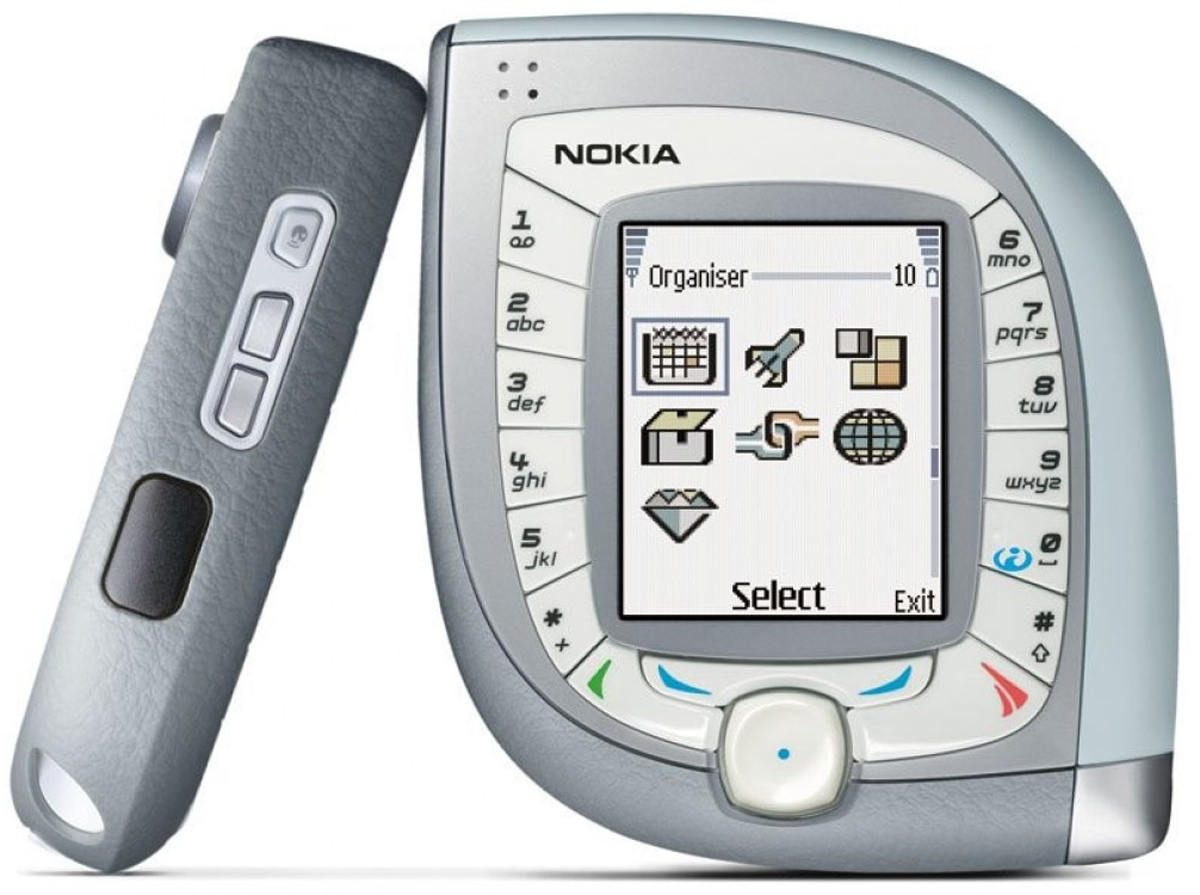 The Nokia 7600 (2003) This playfulness in design bled into the early smartphone age. Nokia in particular continued to throw oddities like the N-Gage and 7600 at the wall. Then there was the popular screen-swiveling Danger Hiptop, which many will know better as the branded T-Mobile Sidekick. Variety then pales in comparison to what's available today. Yes, flip phones are still popular in parts of Asia and there's the odd outlier like the recent, dual-screen ZTE Axom M (which Kyocera tried over seven years ago, anyway); but for the most part, we're in the time of squares with rounded corners. This perhaps explains why dumbphones like the Nokia 3310 and 8110 revivals generate such ridiculous hype despite a lack of functionality. We're nostalgic for the iconic, varied designs of yesteryear, and we crave anything new, different or quirky. Companies still mess around with exactly how rounded the corners are and which edges to chamfer. They fold displays over the edges and include back-mounted fingerprint scanners. But when something like rose gold or the notch gains traction, the bandwagon quickly crowds. 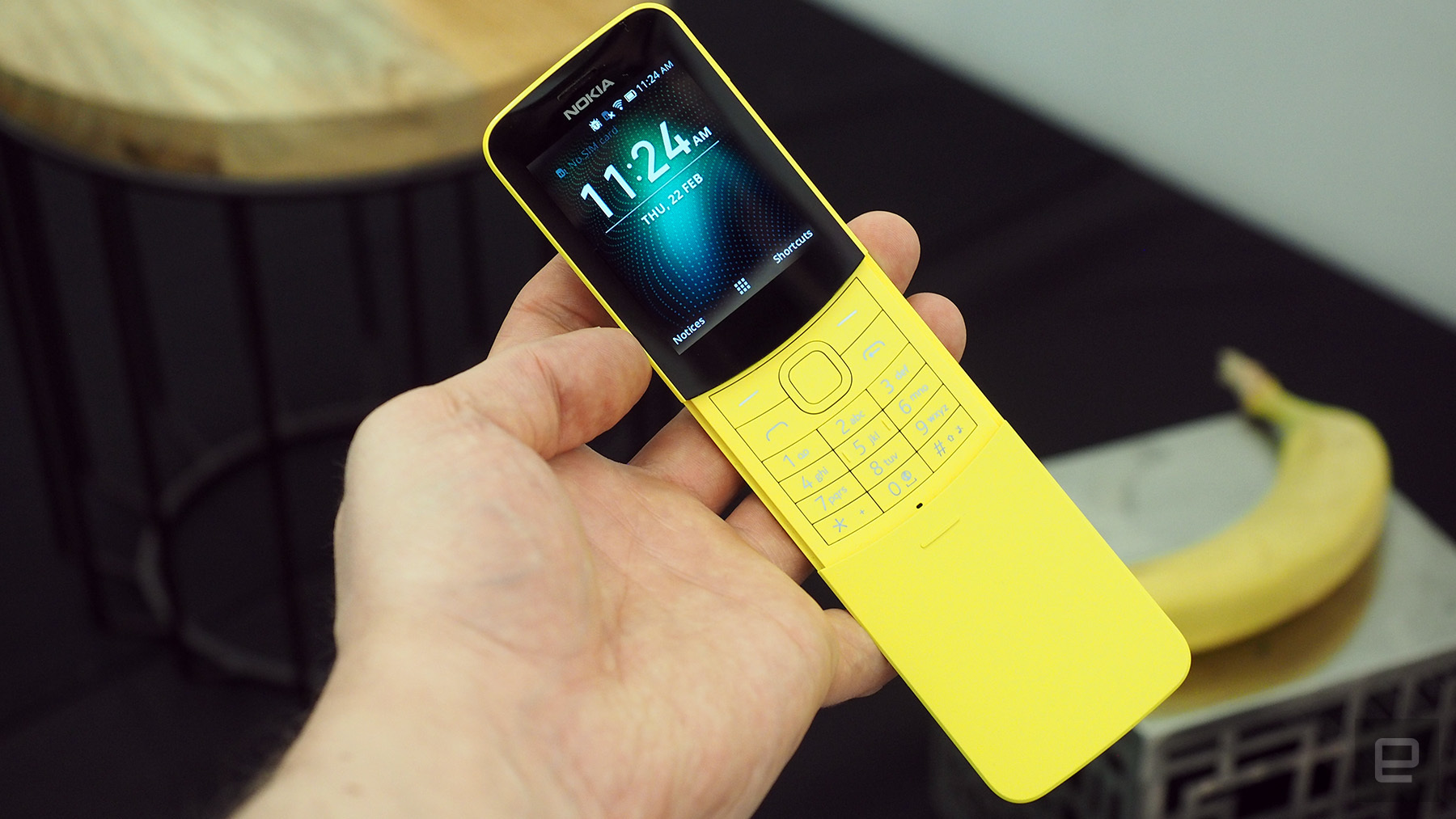 The new Nokia 8110 Thus far, most of the smartphones released this year have been a little yawn-inducing. There's not much to really distinguish flagships like the LG G7 ThinQ, Sony Xperia XZ2 and Galaxy S9, though the price of the OnePlus 6 is certainly turning heads. Smartphones are so ubiquitous they've become a status symbol of sorts, so when new trends like translucency and two-tone finishes form, they can be a powerful thing. 
There are other things that could end up trending in 2018, of course, but funky finishes would make sense in the current climate. Perhaps it's something we're still yet to see, or maybe the new Chinese manufacturer-led craze of all-screen phones with pop-up cameras like the Vivo Nex and Oppo Find X will be the next big thing.
via Engadget RSS Feed https://ift.tt/2ls2rg3 |
Comments
Post a Comment